Finally! A simple garden design APP that allows me to help you visualize your garden. Here are some before and after examples.
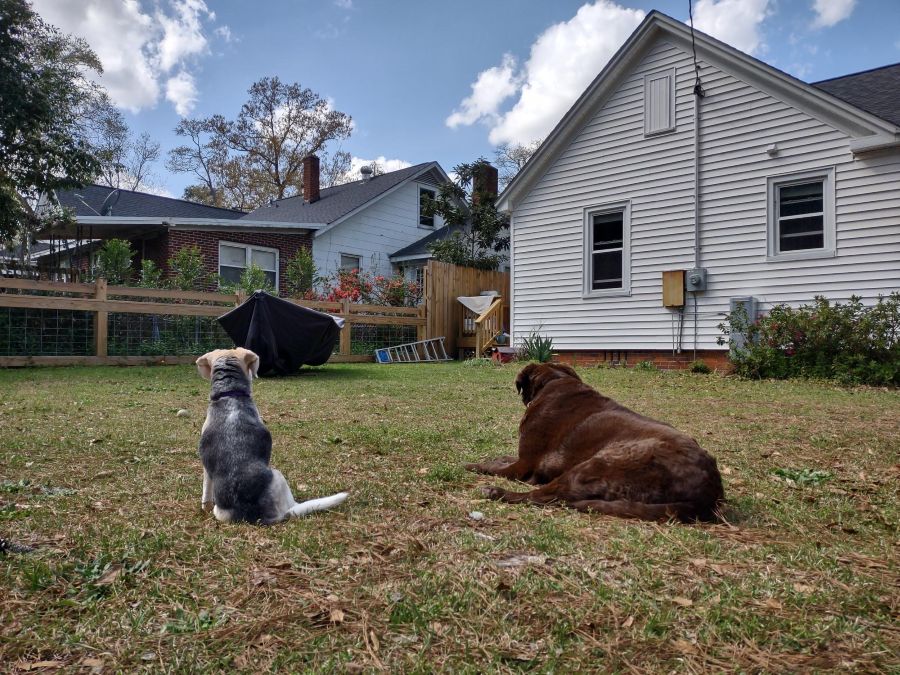
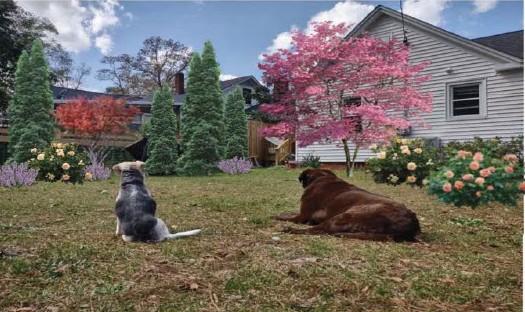
Beautiful garden and landscape design in the Hudson Valley
Finally! A simple garden design APP that allows me to help you visualize your garden. Here are some before and after examples.


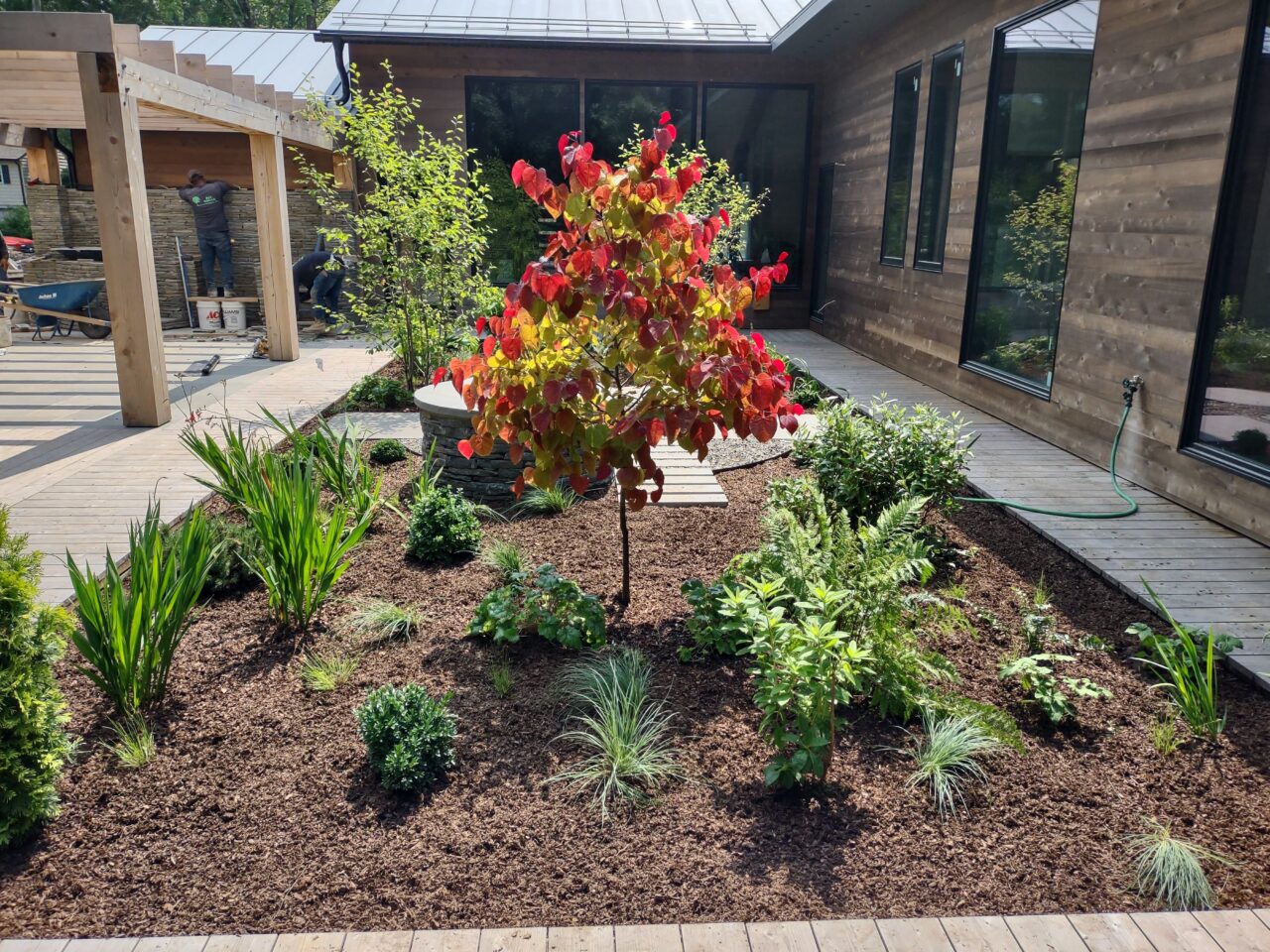
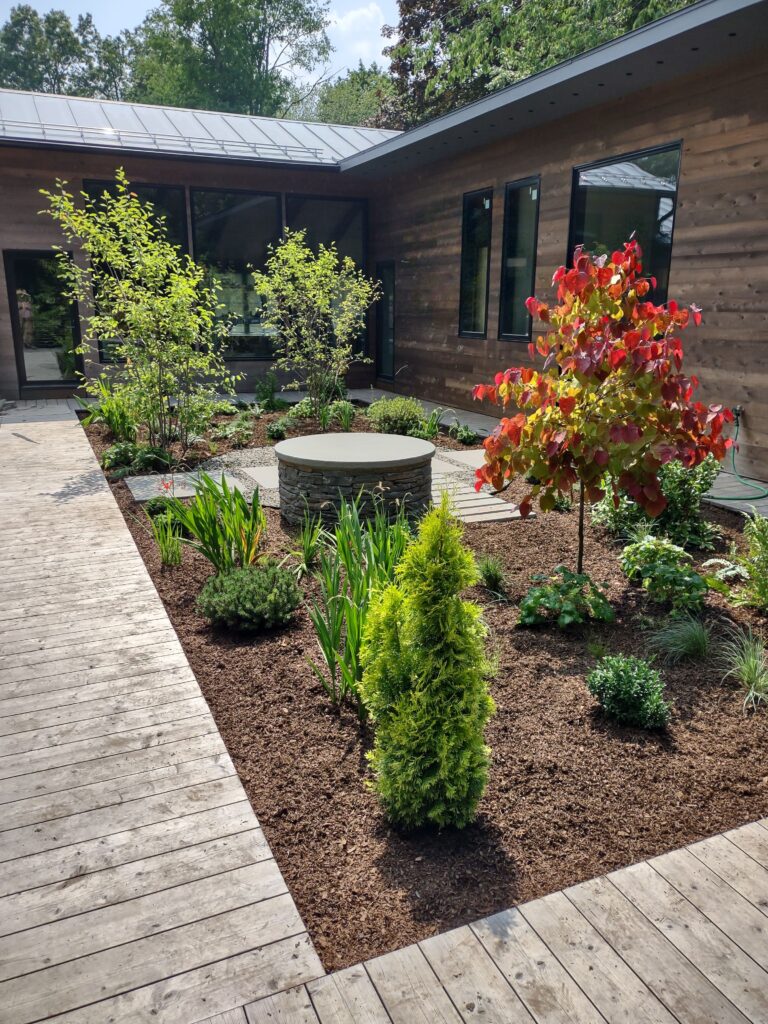
In 2020 I posted to Facebook about the heartbreak I felt walking onto jobsites witnessing trees cut down to make room for new houses, driveways, firepits, terraces. The great sadness at seeing tree bodies piled at sides of newly constructed roads with just-severed tree roots still jutting out from soil embankments. At that point, I knew I could not continue to ignore my heartbreak but didn’t know how I would shift away from traditional landscape design into a softer, gentler way of working with people and plants.
Its taken me several years and I am still finding the path forward but am happy to invite you to the first annual Plants Speak Gathering at the Uplands Center in Walton, NY on Saturday September 21st. For the past year I’ve been collaborating with a group of plant-centered humans including my herbal teacher Marguerite Uhlmann-Bower and my Plant Sister Miki Aso to create this event to bring ways of feeling and sending into plant knowledge to all people. Everyone from every walk of life and job is welcome, not just gardeners, horticulturists, herbalists, nursery people, artists others who work with plants. Though they are welcome too.
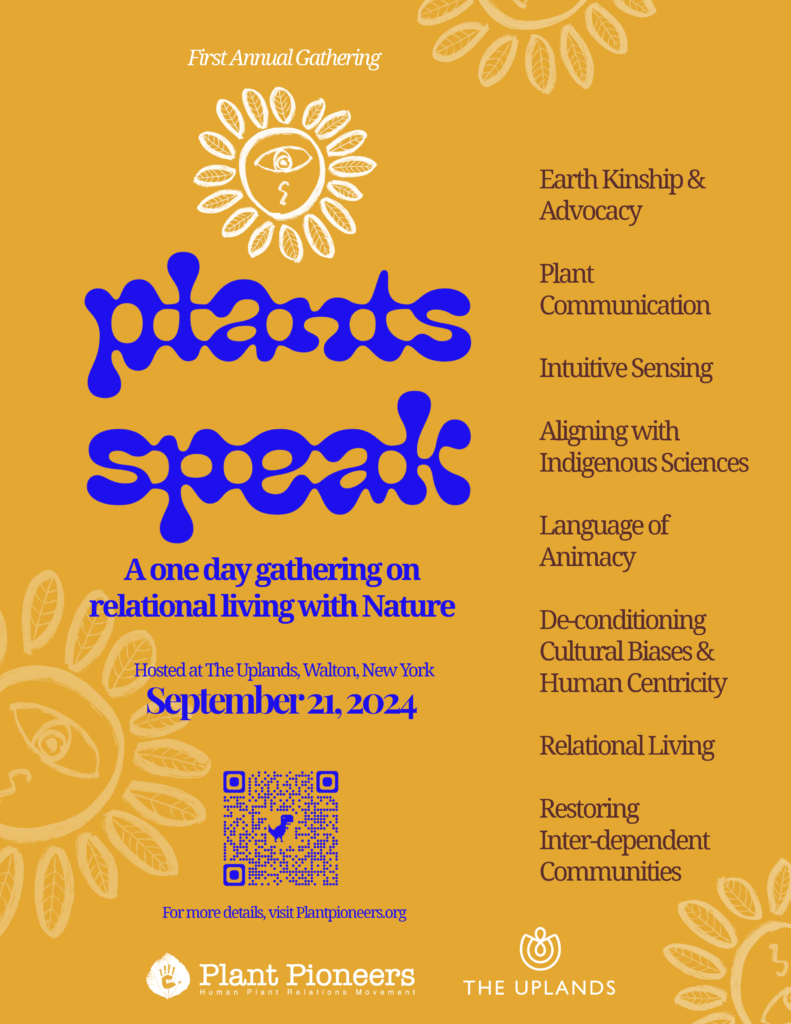
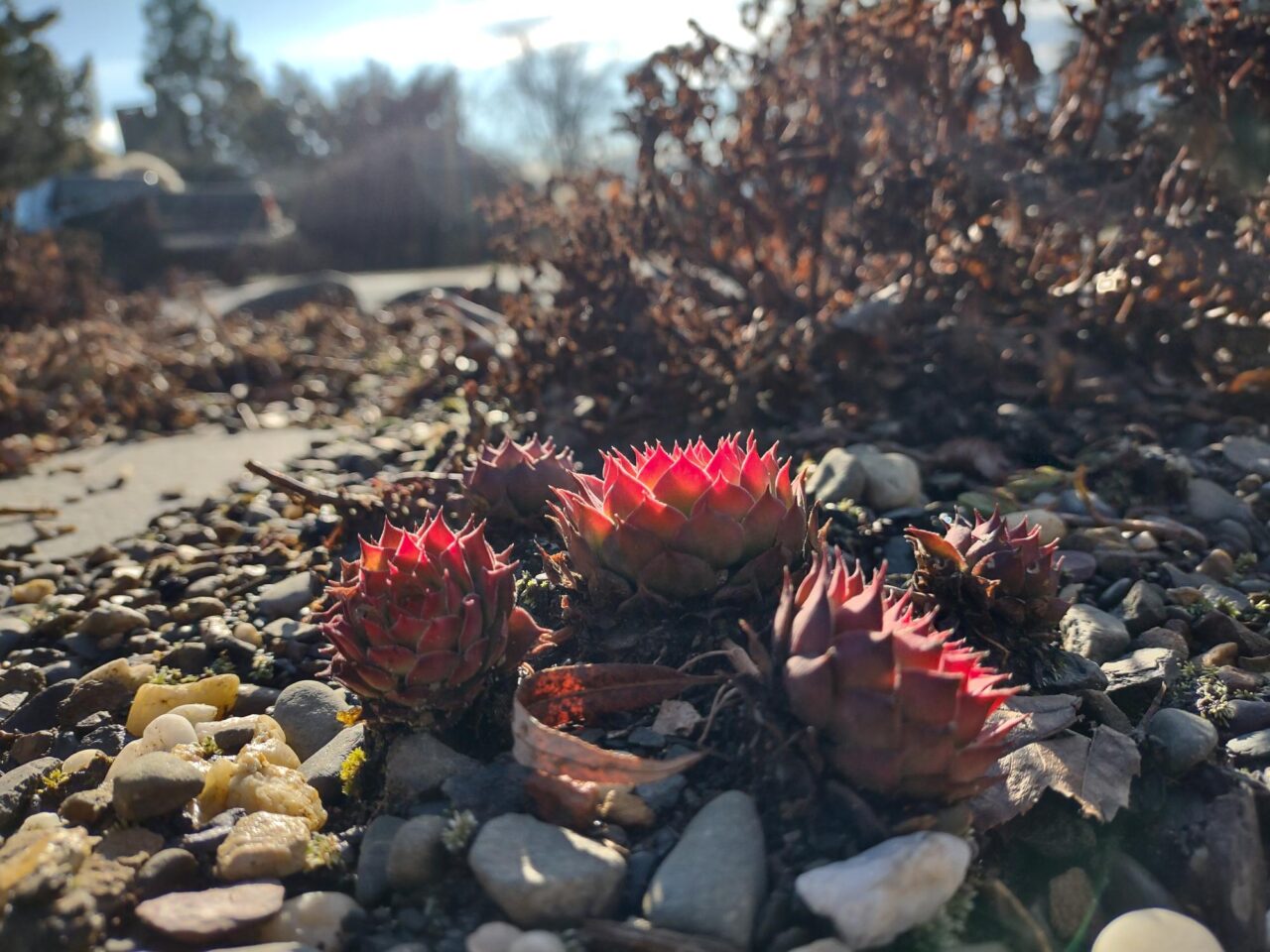
A sense of wonder is the enemy of the imperial mind. – Martin Prechtel
Nature is respite, Nature heals, Nature is welcoming of all Beings, so why then as gardeners do we still blindly follow old dictates and garden rules? Why garden in rigid black and white? Allow yourself the all-inclusive joy of a wild, expressive garden that is beautiful, biodiverse and healing.
Lead with your heart! Observe! Be curious! Cultivate a sense of wonder when meeting and working with all Beings who live on the Land. Do not be afraid of your garden or the plants in it; even those plants who humans label invasive offer us gifts of beauty and health.
Karin Ursula has an M.S. in Landscape Design from Columbia University, studied with Marguerite Uhlmann-Bower at Earth School in Delaware County, and works with plants in subtle and healing ways. As an ecological landscape designer for 15 years, Karin is known for cultivating biodiverse gardens in the Catskill Mountains alongside her beloved dogs Bella, Ollie, Arthur, and Suzie. Indigenous eco-philosophy authors such as Sherri Mitchell, Martin Prechtel, and Derrick Jensen continue to shape and form her relationship with plants, winged, four-footed and furry creatures and Mother Earth.
Please join me this Thursday August 15th at 630pm at the Third Thursdays Hudson Valley Environmental Series You Tube Channel. The Webinar is now up on the Third Thursdays You Tube Channel for viewing here.
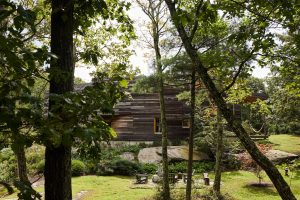
One of my favorite native plant gardens is featured this month in DWELL Magazine. In 2016 I designed and built this garden to be a soothing green on green, pollinator heaven using 98% native plant species that are deer resistant and major pollinator attractants. The gardens were meant to enhance the extraordinary quality of the home – like a ship sailing through the forest. We used sedges as natural mulch and groundcover, bergamot bee balm, blunt-toothed mountain mint, prairie smoke, shrubby St. John’s Wort, sweetfern and fragrant sumac in a sea of native ornamental grasses: little bluestem, prairie dropseed, switchgrass and Indian grass. We also incorporated mosses, sedums, lowbush blueberry and ferns present on site to seamlessly merge the designed areas with the natural ecosystem.
As evidenced, native plant gardens are beautiful and life-sustaining.
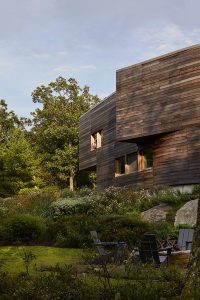
Four years on, we still maintain this garden now mostly pulling out bee balm and mountain mint to transplant to other areas of the property. In July the bees are buzzing so loud, it is beautiful for my ears and my Soul to behold.
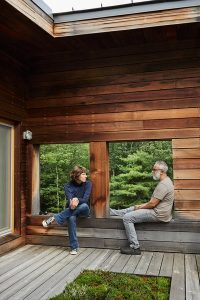
All photos: Pippa Drummond, courtesy of DWELL Magazine
Years ago as a landscape design student, I used to read Dwell Magazine on the subway totally in awe of the contemporary architecture and landscapes.
Last summer 2019, one of my gardens was featured in Dwell’s Outdoor Living Issue. Published in the May/June issue, the article entitled Woodland Skills featured the property of architect Maria Ibanez and her husband Todd Rouhe. They hired me to design a spare, beautiful landscape to help heal the scars of construction and to blend the disturbed edges back into the surrounding woodland. To accomplish this I used almost entirely native plants – three types of sedges (Carex spp.), two species of ferns, three mountain mints (Pycnanthemum spp.) and a handful of native shrubs like bayberry (Myrica pennsylvanica), gray dogwood (Cornus racemosa), sweetfern (Comptonia peregrina), bush honeysuckle (Diervella lonicera) and American elderberry (Sambucus canadensis). Almost immediately, the bees arrived on the mountain mints. Some of the deer were curious about the elder and Maria and Todd had to net those. The following year the sedges were starting to spread; so were the ferns. Mission accomplished!